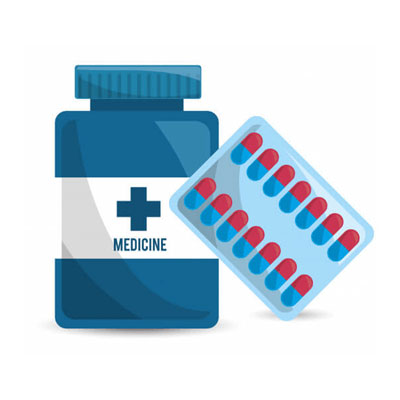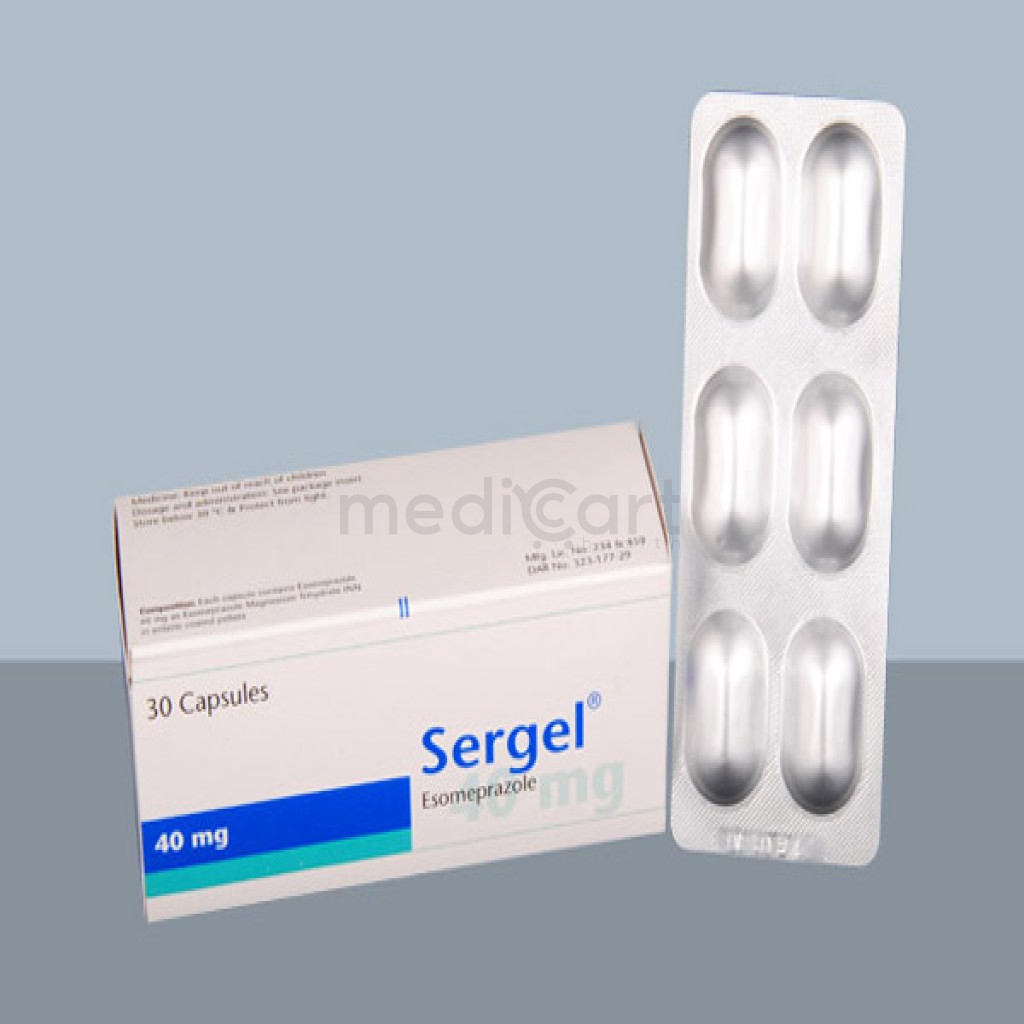

Amlosartan 5/80 mg Tab. - 5mg
Tablet
Pack Size :
10 Tablet x 1 Strip
Generics :
Amlodipine Besilate + Valsartan
Manufacturer :
Incepta Pharmaceuticals Ltd.
Best Price *
TK
60.00
* Delivery will be done in Dhaka city only.
More Information About - Amlosartan 5/80 mg Tab. - 5mg
Description
Generic Name
Amlodipine + ValsartanPrecaution
Impaired liver or renal function, CHF, sick-sinus syndrome, severe ventricular dysfunction, hypertrophic cardiomyopathy, severe aortic stenosis. Caution when used in patients with idiopathic hypertrophic subaortic stenosis. Elderly, children. During the second and third trimesters of pregnancy, these drugs have been associated with fetal injury that includes hypotension, neonatal skull hypoplasia, anuria, reversible or irreversible renal failure, and death. Discontinue as soon as possible when pregnancy is detected; affects renin-angiotensin system causing oligohydramnios, which may result in fetal injury and/or death Lactation: discontinue drug or do not nurseIndication
HypertensionContra Indication
Known hypersensitivity to dihydropyridines.Dose
N/ASide Effect
>10% Headache,Increased BUN (6-17%) 1-10% Peripheral edema (5-8%),Anxiety (3%),Nasopharyngitis (4%),Increased potassium (3%),Upper respiratory infection (3%),Dizziness (2%),Somnolence (3%),Diarrhea (3%),Nausea (3%),Abdominal pain (3%),Cough (2%) <1% Orthostatic hypotension,Syncope,Visual disturbance,Tinnitus,Exanthema Potentially Fatal: Hypotension, bradycardia, conductive system delay and CCF.Pregnancy Category
Name : Not Classified
Description
FDA has not yet classified the drug into a specified pregnancy category.Mode of Action
Amlodipine relaxes peripheral and coronary vascular smooth muscle. It produces coronary vasodilation by inhibiting the entry of Ca ions into the slow channels or select voltage-sensitive channels of the vascular smooth muscle and myocardium during depolarisation. It also increases myocardial oxygen delivery in patients w/ vasospastic angina. Valsartan, an angiotensin II type 1 (AT1) receptor antagonist, produces its BP lowering effects by inhibiting angiotensin II-induced vasoconstriction, aldosterone release and renal reabsorption of Na.Interaction
Amlodipine : Plasma concentrations may be elevated w/ CYP3A4 inhibitors (e.g. azole antifungals, ritonavir). Concomitant therapy w/ simvastatin may increase risk of myopathy including rhabdomyolysis. May increase ciclosporin plasma levels and conivaptan. Valsartan : May antagonise hypotensive effects and increase the risk of renal impairment w/ NSAIDs. Increased risk of hyperkalaemia w/ K-sparing diuretics, K supplements or K-containing salt substitutes. Potentially Fatal: Increased risk of hypotension, hyperkalemia and changes in renal function (including acute renal failure) when used w/ aliskiren in patients w/ diabetes and renal impairment (GFR <60 mL/min).Pregnancy Category Note
Pregnancy The drug combination can cause fetal harm when administered to a pregnant woman; use of drugs that act on renin-angiotensin system during second and third trimesters of pregnancy reduces fetal renal function and increases fetal and neonatal morbidity and death Most epidemiologic studies examining fetal abnormalities after exposure to antihypertensive use in first trimester have not distinguished drugs affecting the renin-angiotensin system from other antihypertensive agents When pregnancy is detected, discontinue therapy as soon as possible Hypertension in pregnancy increases maternal risk for pre-eclampsia, gestational diabetes, premature delivery, and delivery complications (eg, need for cesarean section, and post-partum hemorrhage) Hypertension increases fetal risk for intrauterine growth restriction and intrauterine death; pregnant women with hypertension should be carefully monitored and managed accordingly Fetal/neonate adverse reactions Oligohydramnios in pregnant women who use drugs affecting the renin-angiotensin system in second and third trimesters of pregnancy can result in reduced fetal renal function leading to anuria and renal failure, fetal lung hypoplasia, skeletal deformations, including skull hypoplasia, hypotension and death Perform serial ultrasound examinations to assess the intra-amniotic environment; fetal testing may be appropriate, based on the week of gestation; oligohydramnios may not appear until after the fetus has sustained irreversible injury If oligohydramnios is observed, consider alternative drug treatment; closely observe neonates with histories of in utero exposure to the drug combination for hypotension, oliguria, and hyperkalemia; in neonates with a history of in utero exposure to the drug combination, if oliguria or hypotension occurs, support blood pressure and renal perfusion Exchange transfusions or dialysis may be required as a means of reversing hypotension and replacing renal function Lactation There is limited information regarding presence of drug combination in human milk, effects on breastfed infant, or on milk production; valsartan is present in rat milk; limited published studies report that amlodipine is present in human milk Because of the potential for serious adverse reactions in breastfed infants, breastfeeding is not recommended during treatment with this drug combinationAdult Dose
Hypertension Initiate with 5 mg/160 mg PO qDay OR Substitute for individually titrated components May increase dose after at least 2 weeks, not to exceed 10 mg/day amlodipine and 320 mg/day valsartan May be adminsitered concomitantly with other antihypertensive agents Hepatic impairment Not recommended for initial therapy; amlodipine 2.5 mg is not an available strength with available dosage forms for this drug combination Amlodipine: Exposure is increased with hepatic insufficiency, consider decreasing dose Valsartan: Exposure increased with mild-to-moderate hepatic insufficiency does not require dosage adjustment; unknown for severe hepatic impairment Elderly: Since both components of the combination are equally well tolerated when used at similar doses in elderly or younger patients, normal dosage regimens are recommended.Child Dose
N/ARenal Dose
Renal impairment Mild or moderate (CrCl >30 mL/min): Dose adjustment not necessary Severe (CrCl <30 mL/min): Not studiedAdministration
May be taken with or without food.Disclaimer
The information provided herein are for informational purposes only and not intended to be a substitute for professional medical advice, diagnosis, or treatment. Please note that this information should not be treated as a replacement for physical medical consultation or advice. Great effort has been placed to provide accurate and comprehensive data. However, Medicart along with its authors and editors make no representations or warranties and specifically disclaim all liability for any medical information provided on the site. The absence of any information and/or warning to any drug shall not be considered and assumed as an implied assurance of the Company.







